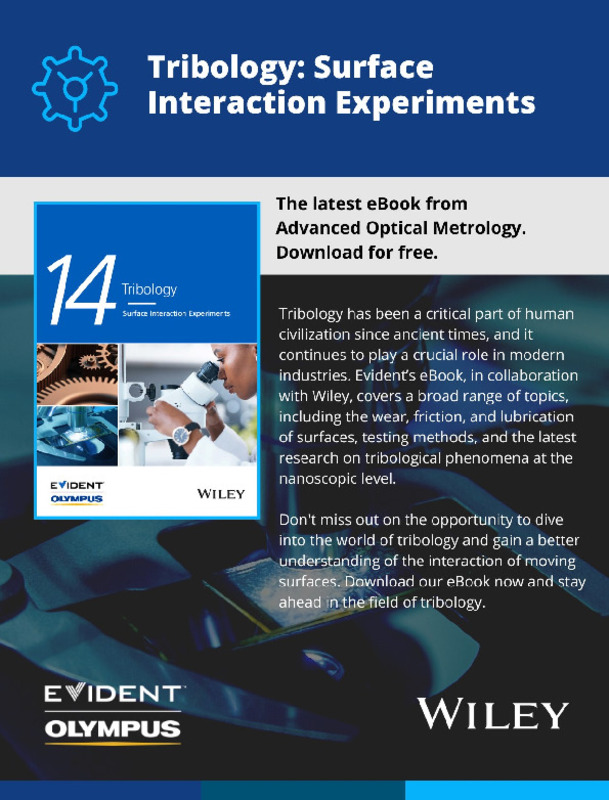JavaScript is disabled for your browser. Some features of this site may not work without it.
Buscar en RiuNet
Listar
Mi cuenta
Estadísticas
Ayuda RiuNet
Admin. UPV
Oxygen transmission rate through thermoformed trays: Modeling and influence of processing variables
Mostrar el registro sencillo del ítem
Ficheros en el ítem
| dc.contributor.author | Enguix, Carlos
|
es_ES |
| dc.contributor.author | Sanjuán Pellicer, María Nieves
|
es_ES |
| dc.contributor.author | Ribal, Javier
|
es_ES |
| dc.date.accessioned | 2023-08-30T18:00:11Z | |
| dc.date.available | 2023-08-30T18:00:11Z | |
| dc.date.issued | 2022-11 | es_ES |
| dc.identifier.issn | 0032-3888 | es_ES |
| dc.identifier.uri | http://hdl.handle.net/10251/195760 | |
| dc.description.abstract | [EN] The oxygen transmission rate (OTR) is a key parameter when selecting a sheet to make a thermoformed tray, as it influences the shelf life of packaged food. The OTR of a thermoformed tray depends on the distribution of the material's thickness over its walls. The goal of this study is to model the evolution of oxygen in the headspace of a thermoformed plastic tray considering the thickness distribution of its walls. PET/PE films with different thicknesses and a PET/PE/EVOH/PE structure with EVOH acting as a barrier layer were used for the thermoformed trays. The thickness of the thermoformed trays was measured at different points to determine the average thickness of the tray subsections. A model was built to predict the variation in the oxygen content inside the headspace over time. The results of the model were correlated with experimental data by regression analysis. The model can be used to perform a straightforward comparison of both different structures as well as the effect of the thickness of the layers that constitute the multilayer sheet. The model can also support decisions about the best multilayer for a particular tray design so as to achieve a specific product shelf-life. | es_ES |
| dc.language | Inglés | es_ES |
| dc.publisher | John Wiley & Sons | es_ES |
| dc.relation.ispartof | Polymer Engineering & Science | es_ES |
| dc.rights | Reconocimiento - No comercial - Sin obra derivada (by-nc-nd) | es_ES |
| dc.subject | Barrier | es_ES |
| dc.subject | Diffusion | es_ES |
| dc.subject | Gas permeation | es_ES |
| dc.subject | Modeling | es_ES |
| dc.subject | Polyesters | es_ES |
| dc.subject.classification | ECONOMIA, SOCIOLOGIA Y POLITICA AGRARIA | es_ES |
| dc.subject.classification | TECNOLOGIA DE ALIMENTOS | es_ES |
| dc.title | Oxygen transmission rate through thermoformed trays: Modeling and influence of processing variables | es_ES |
| dc.type | Artículo | es_ES |
| dc.identifier.doi | 10.1002/pen.26130 | es_ES |
| dc.rights.accessRights | Abierto | es_ES |
| dc.contributor.affiliation | Universitat Politècnica de València. Escuela Técnica Superior de Ingeniería Agronómica y del Medio Natural - Escola Tècnica Superior d'Enginyeria Agronòmica i del Medi Natural | es_ES |
| dc.contributor.affiliation | Universitat Politècnica de València. Facultad de Administración y Dirección de Empresas - Facultat d'Administració i Direcció d'Empreses | es_ES |
| dc.description.bibliographicCitation | Enguix, C.; Sanjuán Pellicer, MN.; Ribal, J. (2022). Oxygen transmission rate through thermoformed trays: Modeling and influence of processing variables. Polymer Engineering & Science. 62(11):3599-3610. https://doi.org/10.1002/pen.26130 | es_ES |
| dc.description.accrualMethod | S | es_ES |
| dc.relation.publisherversion | https://doi.org/10.1002/pen.26130 | es_ES |
| dc.description.upvformatpinicio | 3599 | es_ES |
| dc.description.upvformatpfin | 3610 | es_ES |
| dc.type.version | info:eu-repo/semantics/publishedVersion | es_ES |
| dc.description.volume | 62 | es_ES |
| dc.description.issue | 11 | es_ES |
| dc.relation.pasarela | S\491659 | es_ES |
| dc.contributor.funder | Universitat Politècnica de València | es_ES |
| dc.subject.ods | 12.- Garantizar las pautas de consumo y de producción sostenibles | es_ES |








